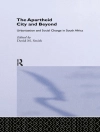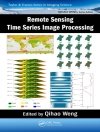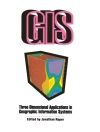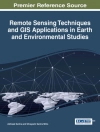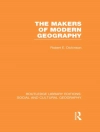This book traces how naturalism—the idea of a common theory uniting natural social systems—has contributed to major shifts in urban planning. Beginning in the 17th century, when the human body began to emerge as an inspiration for urban planning, the book examines the work of medical analyses of city life. Responding to the 19th century industrial revolution and 20th century modernism, the Second World War and mass motorisation, Dr Marco Amati shows how vitalism, eugenics, evolutionary theories and medical treatments were applied to understand cities and propose new urban forms. While critically evaluating the uses of naturalism, Amati also observes a renewed interest in the application of sciences to analyse city life, arguing that this is essential to help resolve challenges of human-induced climate change.
Jadual kandungan
Prologue.- Introduction.- A city for ‘natural man’.- From an exterior to an interior urban gaze.- The vital city.- Evolving the city.- Urban social hygiene.- The city of organic regularity.- Planning natural communities with open space.- European medicine for American urbanism.- Conclusion: a renewed direction for naturalism in planning.
Mengenai Pengarang
Marco Amati teaches urban planning at the Centre for Urban Research at RMIT University in Melbourne, Australia. His research interests include understanding urban planning history and mapping the benefits of urban forests.




